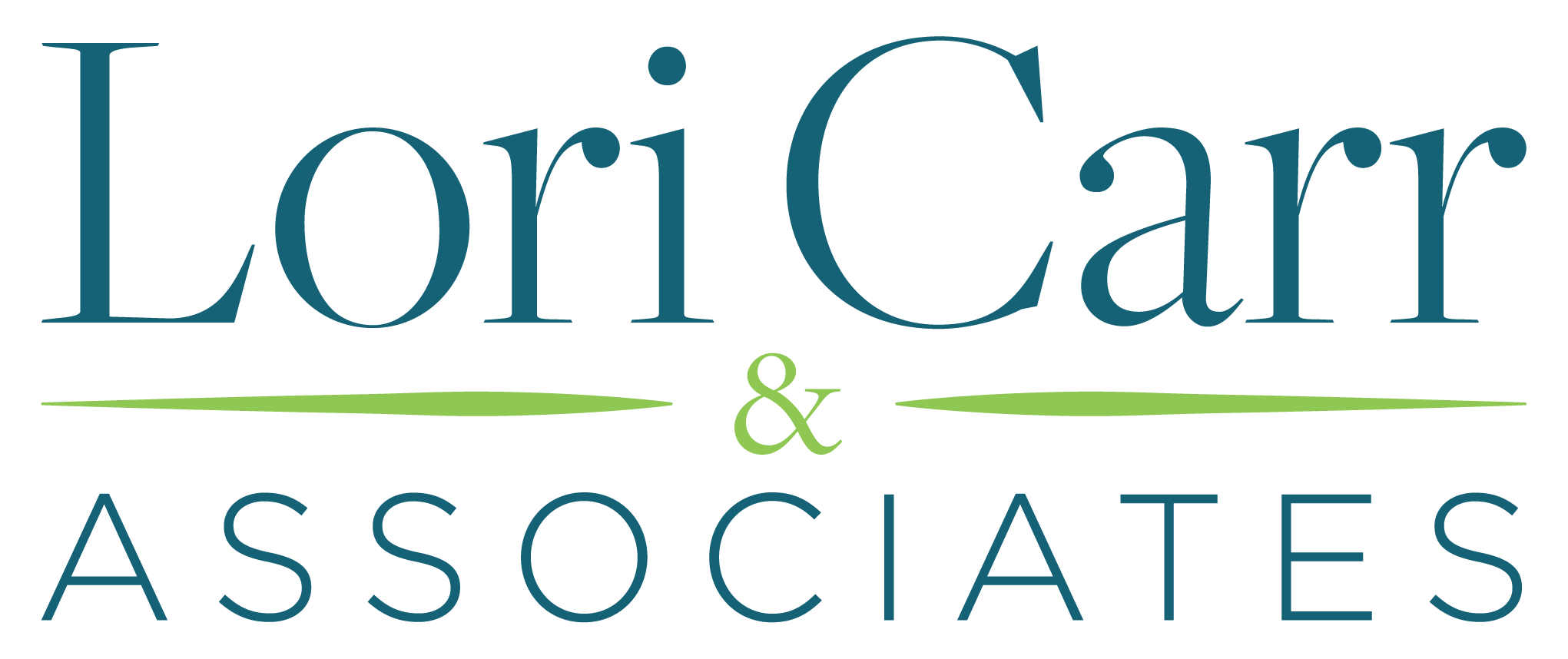- Want to learn more?
- [email protected]
Cloud Tech Leads SMB Spend in 2019

The Loyalty Link: Digital Marketing to Engage and Retain
December 26, 2018
Easy Does It: Service Simplicity Satisfies Customers
April 9, 2021Cloud Tech Leads SMB Spend in 2019

Over the past few years, I’ve seen a dramatic rise in demand and urgency for customer-facing technologies that create stability and reliability while enabling the optimum level of service ease and analytics in small-medium business (SMB). SMB companies want to be competitive in a consumer-driven market that demands consistent, high-quality, customized service experiences; and they need basic, integrated customer relationship management (CRM) technology to do that.
With millions of customer inquiries being handled in the United States around the clock, it’s not surprising that outdated technologies aren’t fitting the bill any longer. This is especially true for entrepreneurial companies or startups that are reaching maturity, e.g., a level of growth where manual processes, disconnected systems, and tribal knowledge are no longer adequate. In fact, the process and technology infrastructure breaks down so quickly at this “tipping point” size, it’s often the root cause of workflow gaps and duplication in the service experience, and of nonstop fire-fighting across the company—while the exhausted staff try their best to hold it all together. Adding to this dilemma are rising customer expectations: companies are expected to know their customers intimately, anticipate their individual business needs, and delight them with exceptional service.
It’s easy to see why service excellence is falling apart, and why companies often need urgent change just to remain competitive. Let me rephrase that: it’s easy for front-line staff and their managers to see, but not for senior leaders who aren’t involved in the details of what it actually takes to keep their business running. This disparity of awareness is a big problem for many small but maturing companies. Leaders aren’t aware of the enormous amount of work, workarounds, and fire-fighting their staff is facing; or they don’t know how to fix it; or they don’t consider it important enough to make the investments required to permanently address the underlying issues. But those issues won’t go away, and continued growth makes inability to scale in the current state painfully obvious and very expensive. The workarounds and added work may even be more expensive than the technology solution itself.
An additional obstacle is the outdated view that launching any new CRM technology is going to take years of work, lots of special or technical talent or additional staff that you can’t afford, and technology costing millions of dollars to buy, build, and maintain. New technology also drives process changes because you don’t want to layer an enabling technology over a series of broken or inefficient processes. With these considerations, most companies are simply not up for the challenge either financially or talent-wise, so they try to “get by” with the current state, ultimately failing their customers and employees. It’s not sustainable. It’s not scalable. And it’s not acceptable to your star performers and best customers, so they leave—taking their precious talent and profits with them.
While there are challenges, there is also evolution. We’ve come far with affordable and manageable CX and CRM technologies over the past 5 years. With the maturity of both contact center technology and available SaaS products and services, the distant vision of a modern, technology-enabled, customer-facing experience is really not that far away.
Most customer experience (CX) processes include a basic contact center and repository of data to support and proactively enable customers to meet their goals. I’ve seen all manner of “glued together,” unreliable technologies and workarounds with SMB companies, and I find this to be an extremely risky situation. It’s risky because the infrastructures are typically not stable, reliable, or redundant; and the data needed to provide service excellence to customers and employees doesn’t exist. If your business can’t take a customer call or respond to email consistently, you are on shaky ground. To me, this requires an immediate solution and investment. It’s priority #1 (along with your product infrastructure)—and it’s not acceptable from a leadership perspective to let it ride.
The two CX CRM technologies I want to share are cloud based, affordable, and highly empowering. They are adaptable and scalable, and they immediately drive countless and critical CX relationship possibilities and efficiencies. I’ve helped clients to install these systems more than a few times, and I love the instant impact they make on the customer and employee experience. From a Chief Customer Officer’s experience, after being in the industry for more than 25 years, I can confidently say that it’s rare to find CX-CRM strategies that are more universally impactful and appreciated than these cloud-based technologies.
 The first is a contact center SaaS product that intelligently manages customer inquiries across all channels and is extremely powerful for the investment you’ll make. Contact Center as-a-Service (CCaaS) technology doesn’t require a big expenditure on hardware or software, and pricing is based on the number of seats needed. At its foundation, this technology enables companies to route, track, record, manage, and report on every call, email, chat, or text from customers. Data collection, analytics, and reporting are key features that the team needs to manage customer interaction quality and productivity. It’s affordable to purchase and fairly easy to roll out. You can have a system up and running in 30–60 days, depending on your current technology environment and the number of processes you want to redesign. CCaaS solutions are customizable and integrate easily with other core technologies, including many CRMs.
The first is a contact center SaaS product that intelligently manages customer inquiries across all channels and is extremely powerful for the investment you’ll make. Contact Center as-a-Service (CCaaS) technology doesn’t require a big expenditure on hardware or software, and pricing is based on the number of seats needed. At its foundation, this technology enables companies to route, track, record, manage, and report on every call, email, chat, or text from customers. Data collection, analytics, and reporting are key features that the team needs to manage customer interaction quality and productivity. It’s affordable to purchase and fairly easy to roll out. You can have a system up and running in 30–60 days, depending on your current technology environment and the number of processes you want to redesign. CCaaS solutions are customizable and integrate easily with other core technologies, including many CRMs.
I also like working with certain SaaS industry leaders because, as a consultant, I can count on them to deliver the best solution for my clients. Five9 and Nice inContact are in the Gartner Magic Quadrant—not a be-all end-all, but a great nod to quality and experience; they have dozens of accolades for their product and services, for good reason. There are many other options, but for now, I rely on the products and customer service of these two brand leaders in my consulting agency.
The second technology I recommend is a cloud-based CRM technology that is absolutely required to manage, customize, and elevate the customer experience. Like the first technology, you won’t need to make a big investment in hardware or software, and pricing is based on the number of seats needed. This SaaS technology enables you to create customized relationships and garner the historical analytics required to do that—and to anticipate and respond to customer needs in a custom, proactive, and impressive way that keeps customers loyal. Most CRMs are fairly straightforward to implement and integrate with other core technologies such as CCaaS, allowing you to deliver the personalized service experiences your customers expect. CRM partners such as Salesforce, SugarCRM, and Zoho are great choices because they are comprehensive, customizable, affordable, and efficient; they provide more capability as the company grows, customers become segmented, and more custom experiences are required.
Though these cloud technologies are straightforward to install, as well as easy and fast to implement, your success will depend on a few foundational aspects that require thorough, proper planning. Below is my “Devil’s in the Details” list that I use with clients.
- Define clear objectives and the value you expect up front from your investment and communicate them to stakeholders.
- Conduct a thorough, vetted needs analysis with an experienced analyst—or what you build could be different from what your stakeholders expect.
- Ensure you have strong in-house technology capability or hire a consultant with technical experience. If not, the installation will be difficult and the project can fall apart quickly.
- Do your due diligence when selecting a vendor-partner. Do the product’s features match your needs analysis? Does the vendor-partner make well-intended promises that aren’t kept, or do they deliver as promised?
- Define a cross-functional team and create a comprehensive plan with steps, dates, and assigned responsibilities. There are hundreds of steps, and attention to that detail is crucial to your success.
- Front-load the project plan and get as much done up front as possible. Things come up unexpectedly and you’ll need time to address all issues.
- Flawlessly execute the plan systemically, rigorously, and collaboratively.
- Measure the outcomes you achieved against the objectives and expected value you set at the start. Measure your ROI—which can be surprisingly high—and celebrate success!
Is it time for you to signal customers and employees that you’re ready to step ahead of the competition and deliver exceptional customer experiences that are seamlessly deployed with leading, cloud-based CX and CRM technologies?



